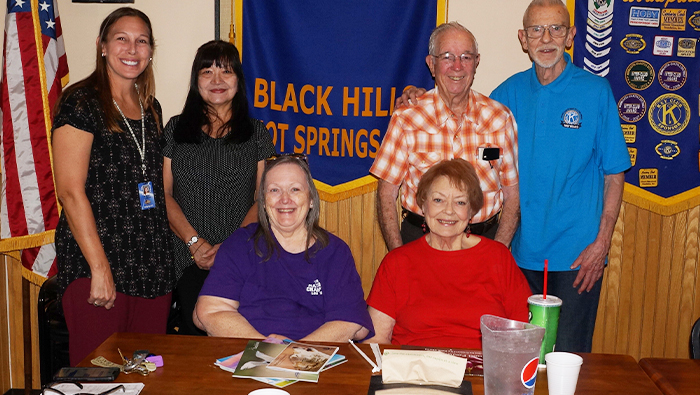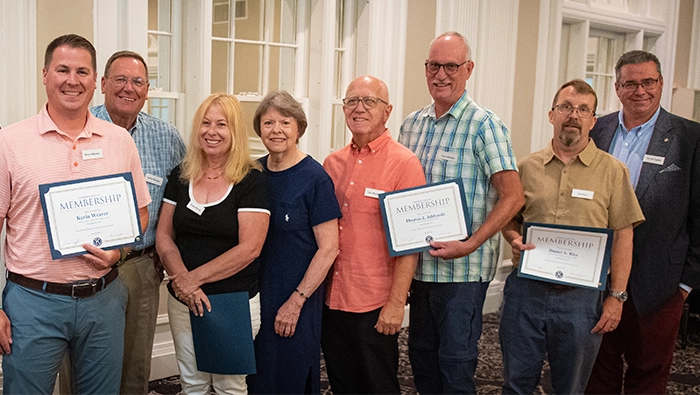
Two For Two works wonders in South Dakota town
See how the program sparked immediate growth for a U.S. club.
By Julie Saetre
When Vern Hagedorn took on the role of 2024-25 president of the Kiwanis Club of Black Hills, Hot Springs in South Dakota, U.S., he immediately faced a challenge: The previous year’s treasurer had resigned on the last Saturday of September, and no budget had been started for the impending Kiwanis year. The club roster had only six people — which meant six people to rebuild the club. But with Kiwanis International’s Two For Two initiative, they were enough to get immediate results.
In clubs practicing Two For Two, two members reach out to two prospects each month. By working as a pair, those two members support each other and reach people more rapidly by strategizing and tailoring how they will explain the club, its impact and the benefits of membership to each prospect.
For Hagedorn and his club, it’s working. He began by developing a packet of materials to help prepare current members for their first prospect visit. He also created materials about the club and Kiwanis to give to prospects, along with name cards listing contact information for each team.
Next, one club meeting in November 2024 was devoted to creating a list of prospects to visit, including those working in occupation not represented by current members and anyone else who could enrich the club’s service efforts. A second meeting established teams and determined which pairs would visit which prospects.
The results: “We have nearly doubled our membership since October 2024, from 6 to 11, and waiting for a response from another,” Hagedorn says. “The Two For Two program is very effective in our small community of about 3,500 residents, and I would highly recommend the program as one means of increasing membership.”
Inspired to use the program in your club? Go to the Two For Two webpage, where you and your fellow members will find a guide, five easy steps to begin and more — including how to make the program work for your club.
Already using Two For Two and want to share your success story? Let us know at shareyourstory@kiwanis.org.


